Angles and Positions
Angles and Positions
When developing the lighting for a production, the lighting designer must help establish what is referred to as “The World of the Play”.
Characters need to look as if they belong in what has been established as their world – whether that be in the underwater world of Atlantis, a post-nuclear New York City or by a mountain range on the planet Jupiter.
A few conventions have been established in order to achieve “normal lighting” – systems, if you will, that will supply reasonable visibility (so that we can see performers’ lips move, the expression on their faces, and most of their movement/body language) as well as give the characters dimension (also called “plasticity”).
In nature, we primarily have light coming from a high source; the sun. Thanks to refraction and reflection of the sun in our atmosphere and our surroundings, we can usually see most of the features of what we are looking at (the shadows are filled with this indirect light).
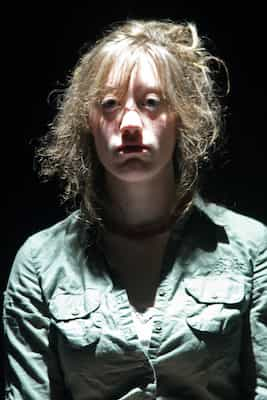
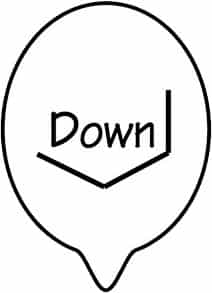
How to read a "Key":
- Similar to a simple groundplan.
- Keys are "looking down" (birdseye view) on an actor.
- A simple nose indicates which way the actor is facing.
- Any light in use would be indicated by an arrow pointing to the actor in it's relative position. More examples below.
- If a color is in use, that would be indicated near the arrow.
- Downlights (as in this example) have this kind-or underline/arrow down symbol to indicate the light is pointing straight down from above.
Front Diagonal SR (Stage Right)
What do you think of the visibility with this position? How about plasticity? Rate them 1-5, 1 being “poor” or “flat” and 5 being very 3-dimensional.Mark the levels you feel best coincide with the visibility and plasticity of the lighting position, then go to the “next cue” to see how you match up!
|
Plasticity |
Visibility |
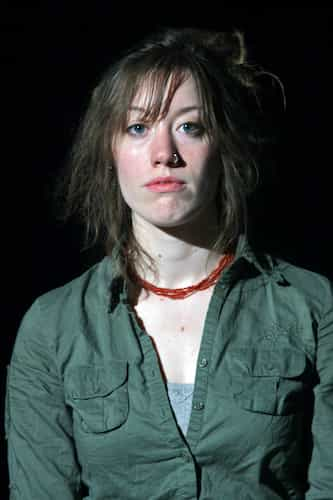
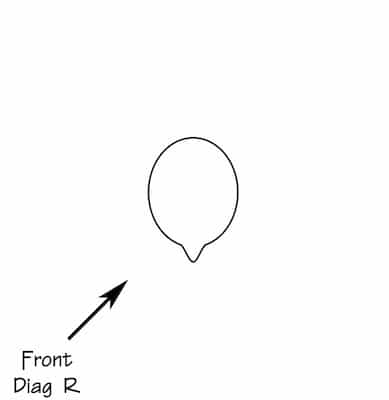
Visibility Meter
Visibility is aided by the light coming from in front of the nose. Not excellent simply because there are harsh shadows present.
NOTE: These are opinions – there’s not truly a “right” or “wrong” answer.
Straight-on Front
What do you think of the visibility with this position? How about plasticity? Rate them 1-5, 1 being “poor” or “flat” and 5 being very 3-dimensional.Mark the levels you feel best coincide with the visibility and plasticity of the lighting position, then go to the “next cue” to see how you match up!
|
Plasticity |
Visibility |
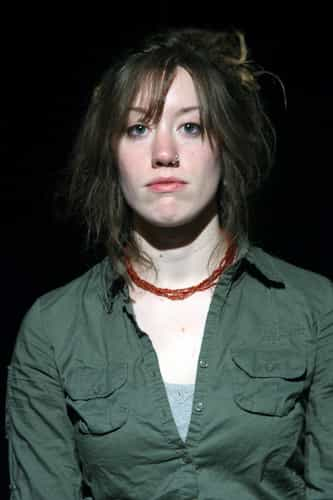
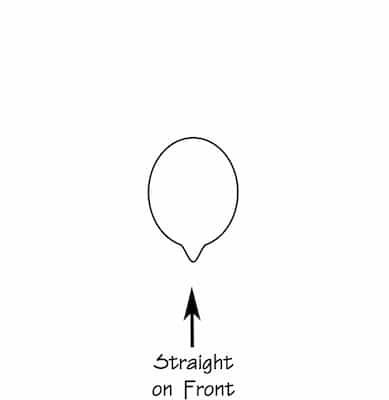
Visibility Meter
Visability is pretty good. If the performer was doing "business" (like a magic trick with their hands) or speaking; we can see that clearly. The strong shadow under the chin informs me that if their hand(s) were directly in front (or if they were holding something) it would throw a dark shadow directly on the model - so I'm giving this a high score, but not perfect.
NOTE: These are opinions – there’s not truly a “right” or “wrong” answer.
Front Diagonal SL
What do you think of the visibility with this position? How about plasticity? Rate them 1-5, 1 being “poor” or “flat” and 5 being very 3-dimensional.Mark the levels you feel best coincide with the visibility and plasticity of the lighting position, then go to the “next cue” to see how you match up!
|
Plasticity |
Visibility |
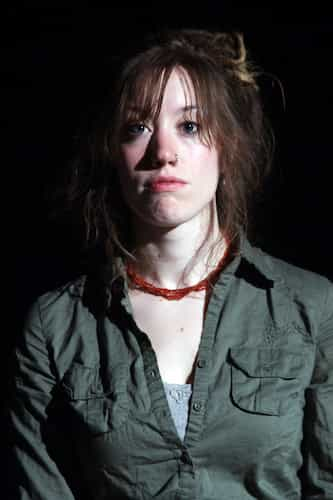
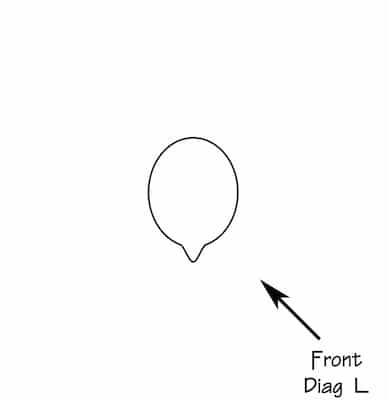
Visibility Meter
Visibility is aided by the light coming from in front of the nose. Not excellent simply because there are harsh shadows present.
NOTE: These are opinions – there’s not truly a “right” or “wrong” answer.
High Side SR (Stage Right)
What do you think of the visibility with this position? How about plasticity? Rate them 1-5, 1 being “poor” or “flat” and 5 being very 3-dimensional.Mark the levels you feel best coincide with the visibility and plasticity of the lighting position, then go to the “next cue” to see how you match up!
|
Plasticity |
Visibility |
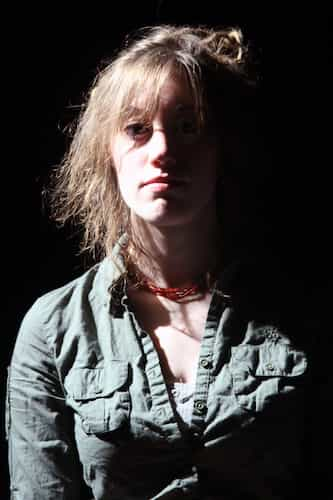
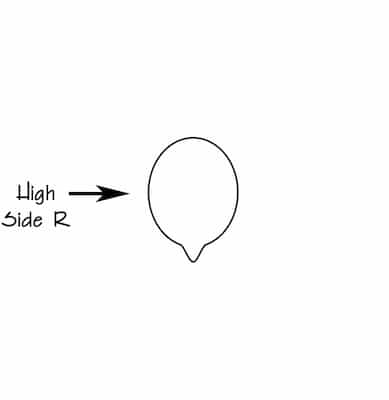
Visibility Meter
Visibility is almost literally cut in half, making it hard to trust this character as they look like they're hiding something. That's not necessarily a bad thing. Perhaps we want the audience to be suspicious of this character - remember: all of this is useful... right now we're building our visual library and making notes of what different angles present. Shadows are your friends!
NOTE: These are opinions – there’s not truly a “right” or “wrong” answer.
Down Light
What do you think of the visibility with this position? How about plasticity? Rate them 1-5, 1 being “poor” or “flat” and 5 being very 3-dimensional.Mark the levels you feel best coincide with the visibility and plasticity of the lighting position, then go to the “next cue” to see how you match up!
|
Plasticity |
Visibility |
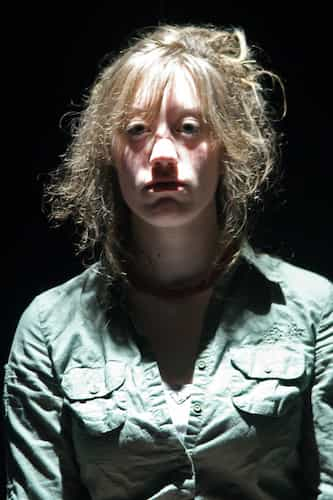
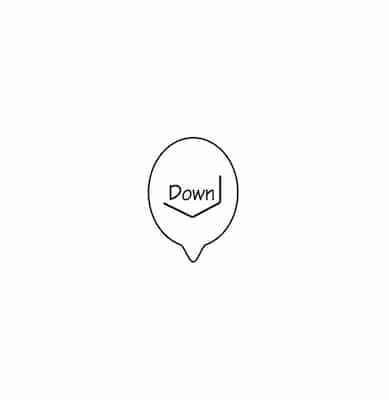
Visibility Meter
Visibility isn't good because downlights make it hard to see people's eyes and mouths. Plasticity is odd because people often appear shorter (squished) under downlight.
NOTE: These are opinions – there’s not truly a “right” or “wrong” answer.
High Side SL (Stage Left)
What do you think of the visibility with this position? How about plasticity? Rate them 1-5, 1 being “poor” or “flat” and 5 being very 3-dimensional.Mark the levels you feel best coincide with the visibility and plasticity of the lighting position, then go to the “next cue” to see how you match up!
|
Plasticity |
Visibility |
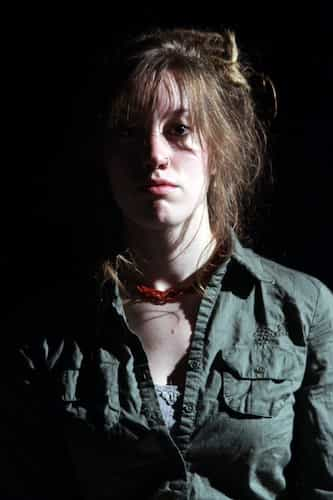
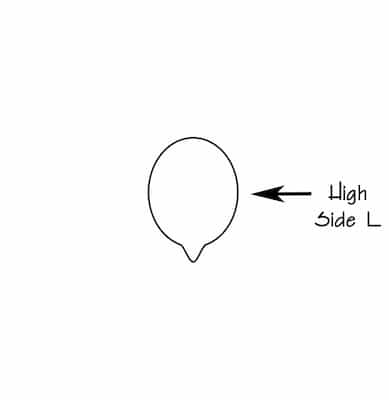
Visibility Meter
Visibility is almost literally cut in half, making it hard to trust this character as they look like they're hiding something. That's not necessarily a bad thing. Perhaps we want the audience to be suspicious of this character - remember: all of this is useful... right now we're building our visual library and making notes of what different angles present. Shadows are your friends!
NOTE: These are opinions – there’s not truly a “right” or “wrong” answer.
Back Diagonal SR (Stage Right)
What do you think of the visibility with this position? How about plasticity? Rate them 1-5, 1 being “poor” or “flat” and 5 being very 3-dimensional.Mark the levels you feel best coincide with the visibility and plasticity of the lighting position, then go to the “next cue” to see how you match up!
|
Plasticity |
Visibility |
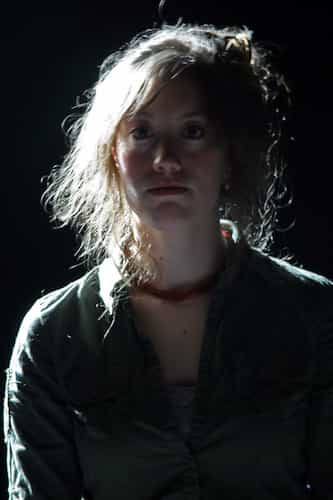
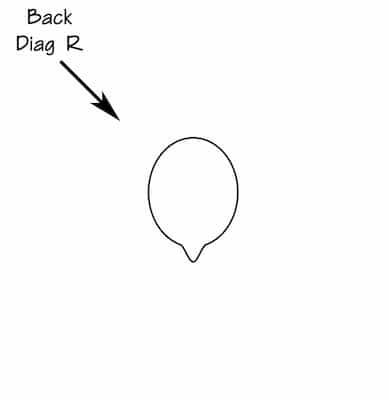
Visibility Meter
NOTE: These are opinions – there’s not truly a “right” or “wrong” answer.
Straight-on Back
What do you think of the visibility with this position? How about plasticity? Rate them 1-5, 1 being “poor” or “flat” and 5 being very 3-dimensional.Mark the levels you feel best coincide with the visibility and plasticity of the lighting position, then go to the “next cue” to see how you match up!
|
Plasticity |
Visibility |
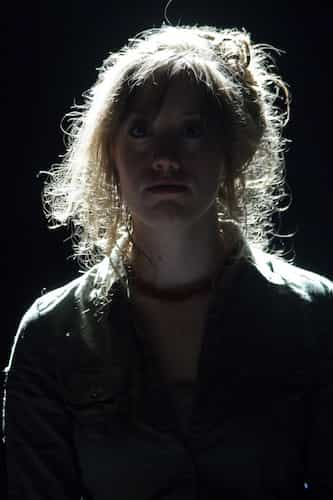
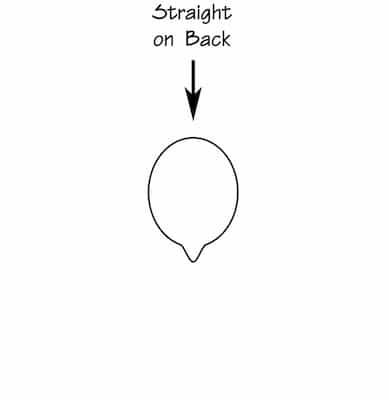
Visibility Meter
NOTE: These are opinions – there’s not truly a “right” or “wrong” answer.
Back Diagonal SL
What do you think of the visibility with this position? How about plasticity? Rate them 1-5, 1 being “poor” or “flat” and 5 being very 3-dimensional.Mark the levels you feel best coincide with the visibility and plasticity of the lighting position, then go to the “next cue” to see how you match up!
|
Plasticity |
Visibility |
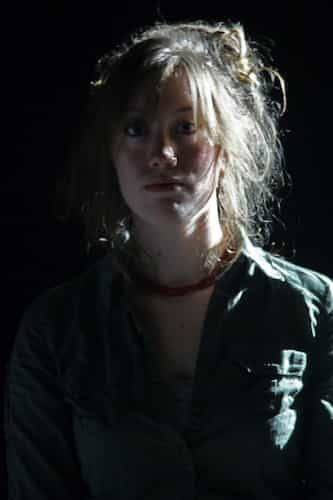
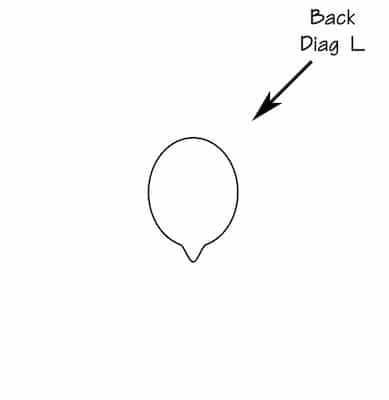
Visibility Meter
NOTE: These are opinions – there’s not truly a “right” or “wrong” answer.

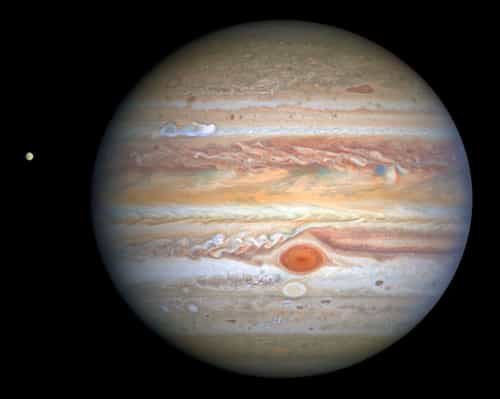
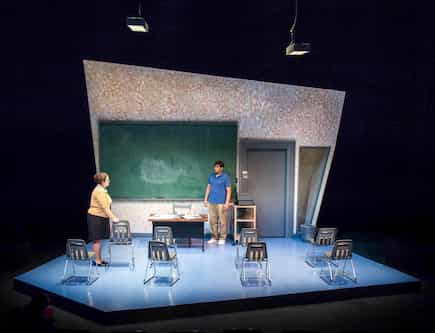
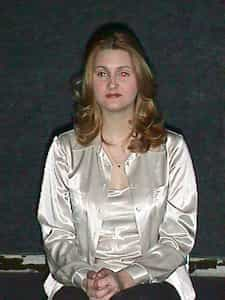
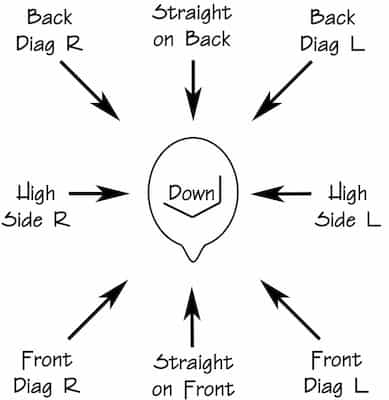
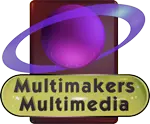 © Multimakers Multimedia
© Multimakers Multimedia